Enhancing the performance of regional land cover mapping

Authors:
Different pixel-based, object-based and subpixel-based methods such as time-series analysis, decision-tree, and different supervised approaches have been proposed to conduct land use/cover classification.However, despite their proven advantages in small dataset tests, their performance is variable and less sat-isfactory while dealing with large datasets, particularly, for regional-scale mapping with high resolutiondata due to the complexity and diversity in landscapes and land cover patterns, and the unacceptably longprocessing time. The objective of this paper is to demonstrate the comparatively highest performanceof an operational approach based on integration of multisource information ensuring high mappingaccuracy in large areas with acceptable processing time. The information used includes phenologicallycontrasted multiseasonal and multispectral bands, vegetation index, land surface temperature, and topo-graphic features. The performance of different conventional and machine learning classifiers namelyMalahanobis Distance (MD), Maximum Likelihood (ML), Artificial Neural Networks (ANNs), Support Vec-tor Machines (SVMs) and Random Forests (RFs) was compared using the same datasets in the same IDL(Interactive Data Language) environment. An Eastern Mediterranean area with complex landscape andsteep climate gradients was selected to test and develop the operational approach. The results showedthat SVMs and RFs classifiers produced most accurate mapping at local-scale (up to 96.85% in OverallAccuracy), but were very time-consuming in whole-scene classification (more than five days per scene)whereas ML fulfilled the task rapidly (about 10 min per scene) with satisfying accuracy (94.2–96.4%).Thus, the approach composed of integration of seasonally contrasted multisource data and samplingat subclass level followed by a ML classification is a suitable candidate to become an operational andeffective regional land cover mapping method.
